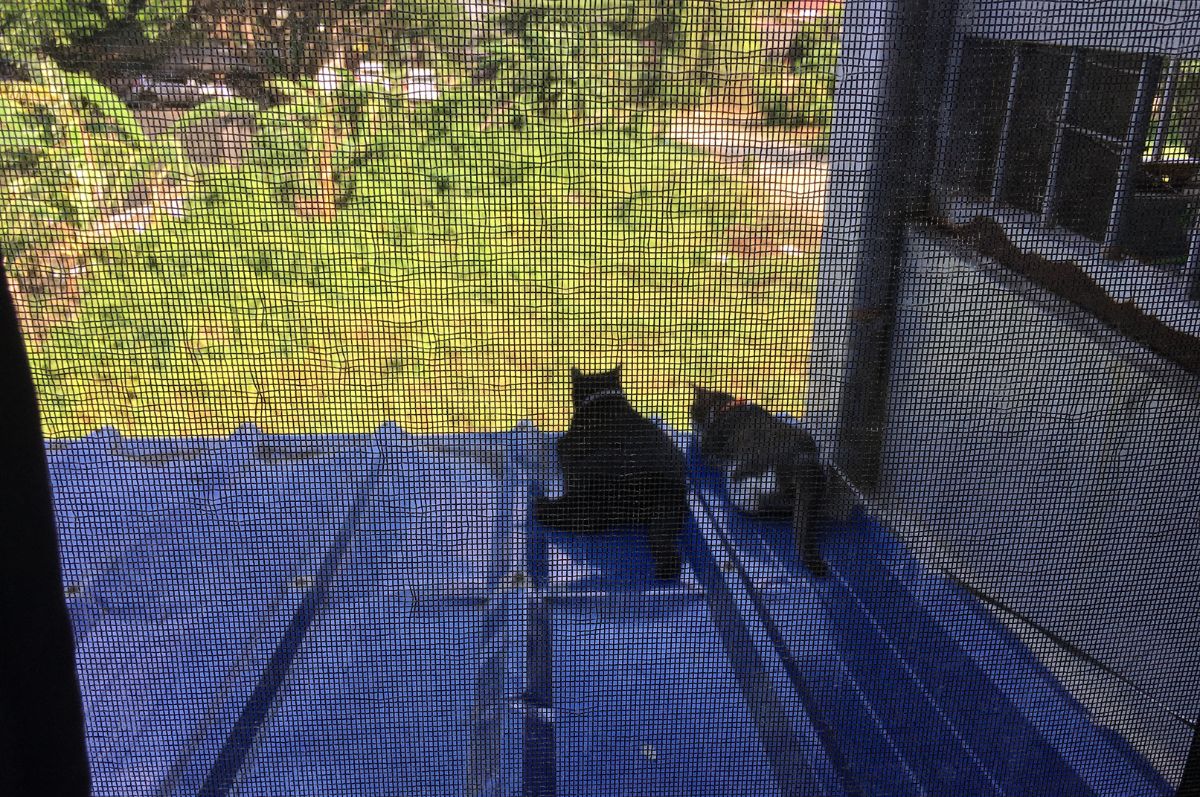Your cart is currently empty!

The Beginners Guide to Riding in Jeepneys
Jeepneys are the cultural icons of the Philippines. Here a quick guide to riding like a pro.
The first time I rode a jeepney in Iloilo City was from a big bus terminal. I climbed in along with 21 other people and sent my fare down to the driver shouting out my destination.
“Bayad!” I heard several other passengers say as they also sent their money to the driver.
Everyone is going to Bayad, I remember thinking. And began wondering if Bayad was the other big bus station I had seen a few weeks earlier on the other side of town. But when I saw some people who said they were going to Bayad get off the jeep, and some other people who said they were going to Bayad remaining on the jeep, I realised I had no clue.
Turns out Bayad isn’t a place at all. Have you guessed yet?
So this short blog is to help out you jeepney newbies, who’d like to ride one of the cultural icons of the Philippines without feeling like a complete idiot. And just to note there are jeeps all over the 7,000 islands in the Philippines and this is based merely on my own experience. Why not share yours too?

What exactly is a jeepney then?
A jeepney is a public transport vehicle found in Philippine cities and rural provinces. They look like a cross between a military jeep and a truck’s prime mover, and are big thumping V8 engines surrounded in thick metal and sit on 4-6 wheels. In the provinces sometimes those are great big truck wheels for getting around the unpaved and rugged dirt roads.
The original Philippine jeepneys were surplus military vehicles from the US army who had been posted there during WWII. As the American soldiers departed, army jeeps were given or sold to the locals.
The ever resourceful Pinoys stripped down and remodelled the jeeps, so they could carry passengers — beginning one of the word’s most unique public transport systems. And the jeeps themselves were transformed too, (no longer ugly camouflage-green metal things) they were painted in bright colours and covered with flamboyant ornaments and decorations.
These days the Philippine jeepneys are a mix of rebuilt cargo trucks and mini-vans in varying shapes and designs. But they all feature the open back and sides (no doors thank you), thick plastic pull downs (for when it rains), and seating in the back for 10-20 passengers.
UPDATE: In the coming months new updated vans will begin steadily replacing the traditional jeepneys. They feature auto-pay, WIFI, air conditioning, and doors. A new batch arrived in Iloilo only this week, I saw one of them at the bus terminal offering free rides to the far reaches of the city. They’re a bit posh.

Riding jeepneys
It’s pretty hard not to get excited when you first see a jeep crammed with passengers blasting along the road. Hail one down from just about anywhere by waving your arm and getting the attention of the driver. Jeeps are mostly privately owned, so don’t be offended if a few just drive by and ignore you — they might be about to stop for lunch, or you’ve managed to stand in a clearway where they aren’t supposed to stop.
If the front seat next to the driver is empty, jump in. It’s always fun to ride up front with the driver. But you’ll be expected to share that seat with at least one other person. It can get a bit cramped in those things. Don’t bother looking for the seatbelt or the side doors – there aren’t any.
The driver will have a little metal box for cash and changed laid out on the dash. While he’s driving (and I say he because I have never seen a female jeep driver, but that’s not to say there aren’t any) he’ll count out change and roll the excess 20 and 50 peso notes into efficient little tubes that poke out of the change box.
If the front seat is taken, head for the back and squish in with 20 other passengers. People like to sit near the rear exit so you’ll probably have to stoop down and crawl up behind to the driver.
Paying your fare
Pay by giving your fare to the driver. If you can’t reach, hand your money to a passenger who is nearer saying ‘palihog bayad‘ (that’s if you’re in the Western Visayas). If you read the intro you’ll know that the word “Bayad” (used in the Hiligaynon dialect) is not a place; it means ‘pay’, ‘remit’ or ‘payment’. ‘Palihog‘ is similar to the English word ‘please’. If you’re riding elsewhere in the Philippines the language and dialect will be different.
The other passengers will send your fare down to the driver who will look in the rear vision mirror to identify you. Fares are usually 7-10 pesos for up to 5 km and the driver will send your change back with the other passengers. On a busy route you can usually get a 50 or 100 peso note changed, but it’s bad form to be handing over big notes. If you’re sitting near the driver you’ll be expected to pass along money and change too.

Getting off
When it’s time to get off just call to the driver saying ‘sa lugar lang‘ which means (in Hiligaynon) ‘this is the place’. You can also say ‘manaug na ako‘ — ‘I’ll get out now’, but the Hiligaynon word for snake is man-og and you don’t want to be telling the driver you are a snake now (it’s pretty easy to mix up the pronunciation).
Again, if you are elsewhere in the Philippines the dialect will be different. Also it’s a good idea to wear a mask when riding jeeps and tricycles because you are directly exposed to the exhaust fumes from all those old vehicles on the road. Sometimes you’ll find yourself engulfed in a cloud of black smoke, so 50 pesos for a little mask is a worthwhile investment.
Jerry and I rides jeepneys everyday to and from school, to do our shopping, and getting around generally. There are times when we take a cab, but really you can’t beat 7 pesos, the ability to get on or get off just about anywhere you like, and the sense of community that comes with riding this unique public transport system.

Discover more from Melinda J. Irvine
Subscribe to get the latest posts to your email.





4 responses to “The Beginners Guide to Riding in Jeepneys”
Must be a very big jeepney if you guys of 21 fitted in. Thanks for sharing
21 is the legal limit but sometimes the drivers can squeeze a few more in too. not very comfortable at times :). thanks for following my blog and i’ve followed your blog also. i read your posts about the typhoon, we were not terribly affected on panay island, my prayers especially for the 100 gold miners and families lost in the landslides. i hope your family is already starting to recover.
all my love and blessings.
melxx
ps: if you would like to receive to my free eZine neXtDRAFT you can leave your email address below …
https://melirvine.com.au/nextdraft/
Love this step by step guide Mel! ^_^ In Manila, where Tagalog is spoken, it’s also “bayad”, as in saying/yelling “bayad po!” while handing over your fare to the driver (if you’re seated near him) or to the nicer passengers who hand on the money, or to the “barker/conductor” hanging on by the back entrance if it’s one of really long disco jeepneys. Stopping is by saying/yelling “Manong, sa tabi na lang ho!” (Mister, just there by the side of the road please) or “para ho!” (stop please). Sometimes the other passengers help you by yelling “para daw!” (he/she said stop!) when the driver doesn’t hear you over the combination of loud thumping music and the roar of the exhaust pipe… Occasionally you get jeepneys where there are buttons to press on or this rope snaking along the roof where the handrails are that you pull on when you want to stop – it activates a light or a buzzer by the driver.
Not sure if you get on jeepneys over there where either the driver’s girlfriend, wife or child is sitting next to him helping with the change…? 😉
We don’t seem to have so many jeeps with the loud, thumping music – though a lot of the tricycles do in Estancia. I don’t see this very much now here in the city. Yes definitely the driver with his GF taking the money, see that quite a bit. The new transport vehicles (I haven’t ridden one yet) have WIFI, buzzers and scanners for autopay. Will update when I actually get in one.